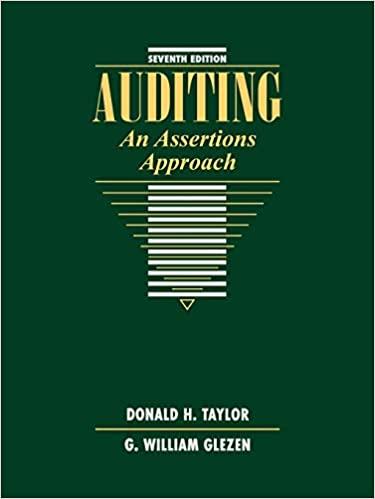
A policy analyst estimates the following demand and supply function for electric vehicles (EVs) in the province of Qubec: QD=15,666.671/3pDQS=4,600+1/5pS a.) What are equilibrium price and quantity in the EV market? (2) b.) The Qubec and Canadian government combined introduce a subsidy of $12,000($7,000 by Qubec and $5,000 by Canada) for every new EV sold. The subsidy is applied on the supply side. What happens to the equilibrium price and quantity? What are the costs to the government, the deadweight loss, and the change in producer and consumer surplus? Illustrate and compute. (8) c.) Now assume that each vehicle displaces 25 tonnes of carbon over the lifecycle of the vehicle. What is the cost per tonne of carbon removed if 25% of all EV buyers are free riders, i.e. they would have bought the vehicle even if the subsidy did not exist? (Hint: estimate the deadweight loss per vehicle and how much carbon is effectively displaced for each vehicle sold to calculate the cost per tonne of carbon) (6) d.) What are other potential benefits of the EV subsidy for Canada and for Qubec besides the reduction of carbon emissions that need to be factored into? (4) A policy analyst estimates the following demand and supply function for electric vehicles (EVs) in the province of Qubec: QD=15,666.671/3pDQS=4,600+1/5pS a.) What are equilibrium price and quantity in the EV market? (2) b.) The Qubec and Canadian government combined introduce a subsidy of $12,000($7,000 by Qubec and $5,000 by Canada) for every new EV sold. The subsidy is applied on the supply side. What happens to the equilibrium price and quantity? What are the costs to the government, the deadweight loss, and the change in producer and consumer surplus? Illustrate and compute. (8) c.) Now assume that each vehicle displaces 25 tonnes of carbon over the lifecycle of the vehicle. What is the cost per tonne of carbon removed if 25% of all EV buyers are free riders, i.e. they would have bought the vehicle even if the subsidy did not exist? (Hint: estimate the deadweight loss per vehicle and how much carbon is effectively displaced for each vehicle sold to calculate the cost per tonne of carbon) (6) d.) What are other potential benefits of the EV subsidy for Canada and for Qubec besides the reduction of carbon emissions that need to be factored into? (4)







